Remember Scion? The story of America’s lost fun auto brand
Launched with an ambition to grab North America’s youth market, the Scion brand lasted just 13 years. We chart its rise and fall.
-

The history of Scion
© ScionFounded in 2002, Scion was conceived by ambitious idealists inside Toyota who believed they could create a stylish and affordable brand for the young adults and hipsters of America. But what looked good on paper turned out to be a chimerical idea…
-
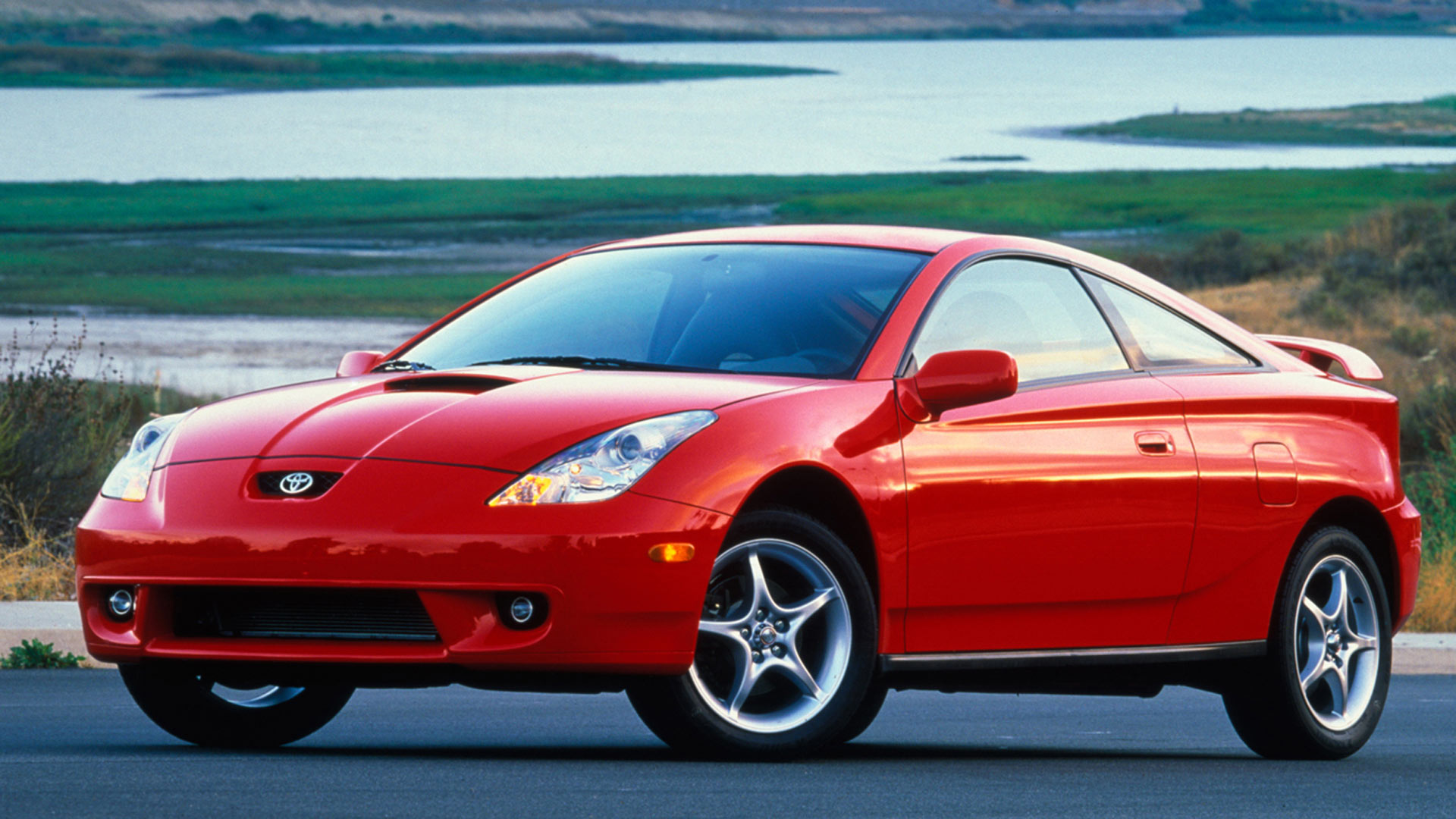
Born from determination
© ScionIn 1999, Toyota introduced ‘Project Genesis’, where it attempted to direct its advertisement of cars, such as the Echo, MR-2 and Celica, to a younger U.S. demographic. The project failed, but Toyota did not give up on the idea of creating a marque that would attract a young audience. This idea eventually developed into the Scion brand.
-
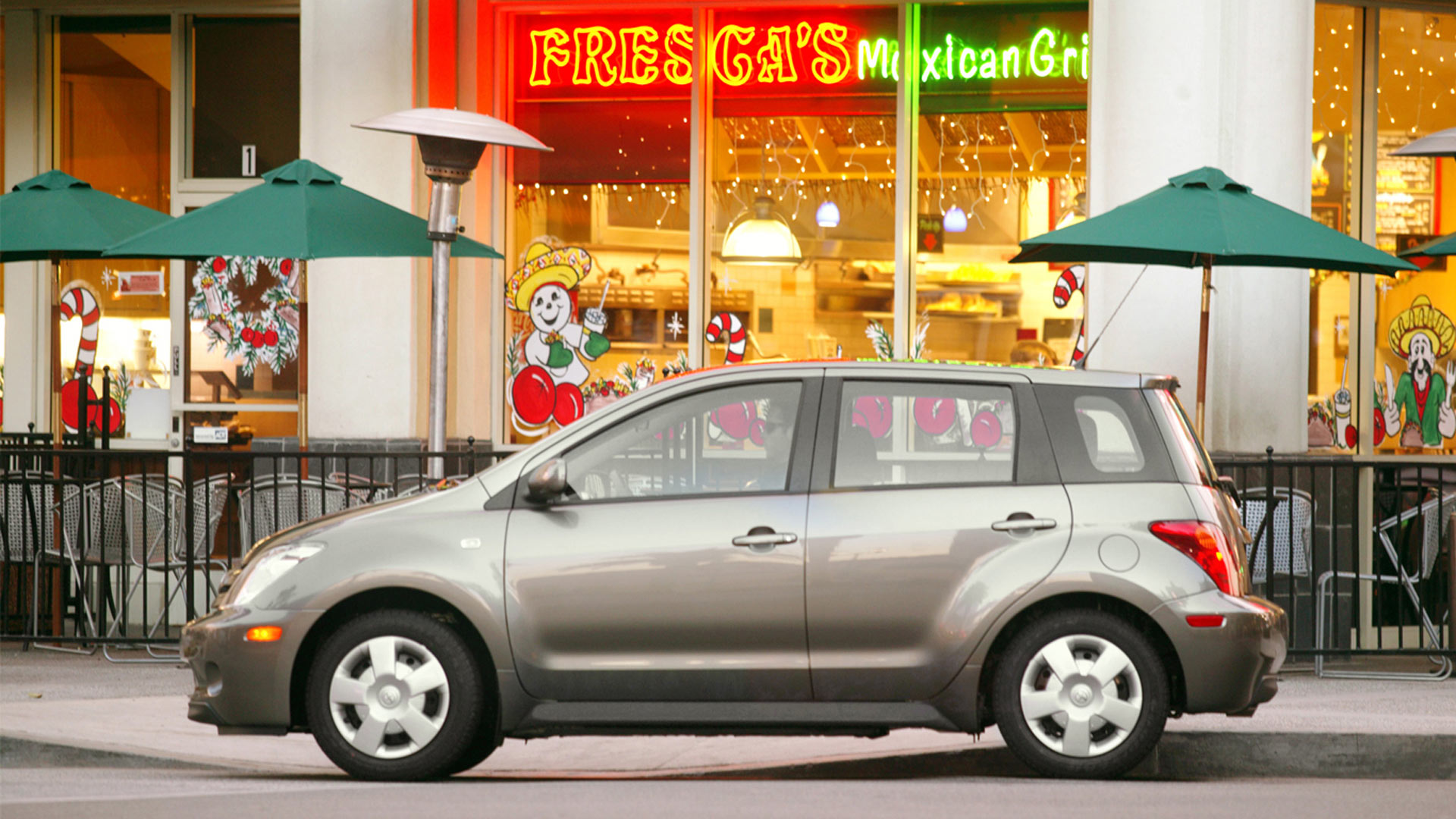
Scion launches
© ScionToyota officially launched Scion in 2002 at the New York Auto Show, with two concepts – the bbX (xB) and the ccX (tC). The xA was unveiled the year after and all three Scion models went on sale nationwide in 2004.
-
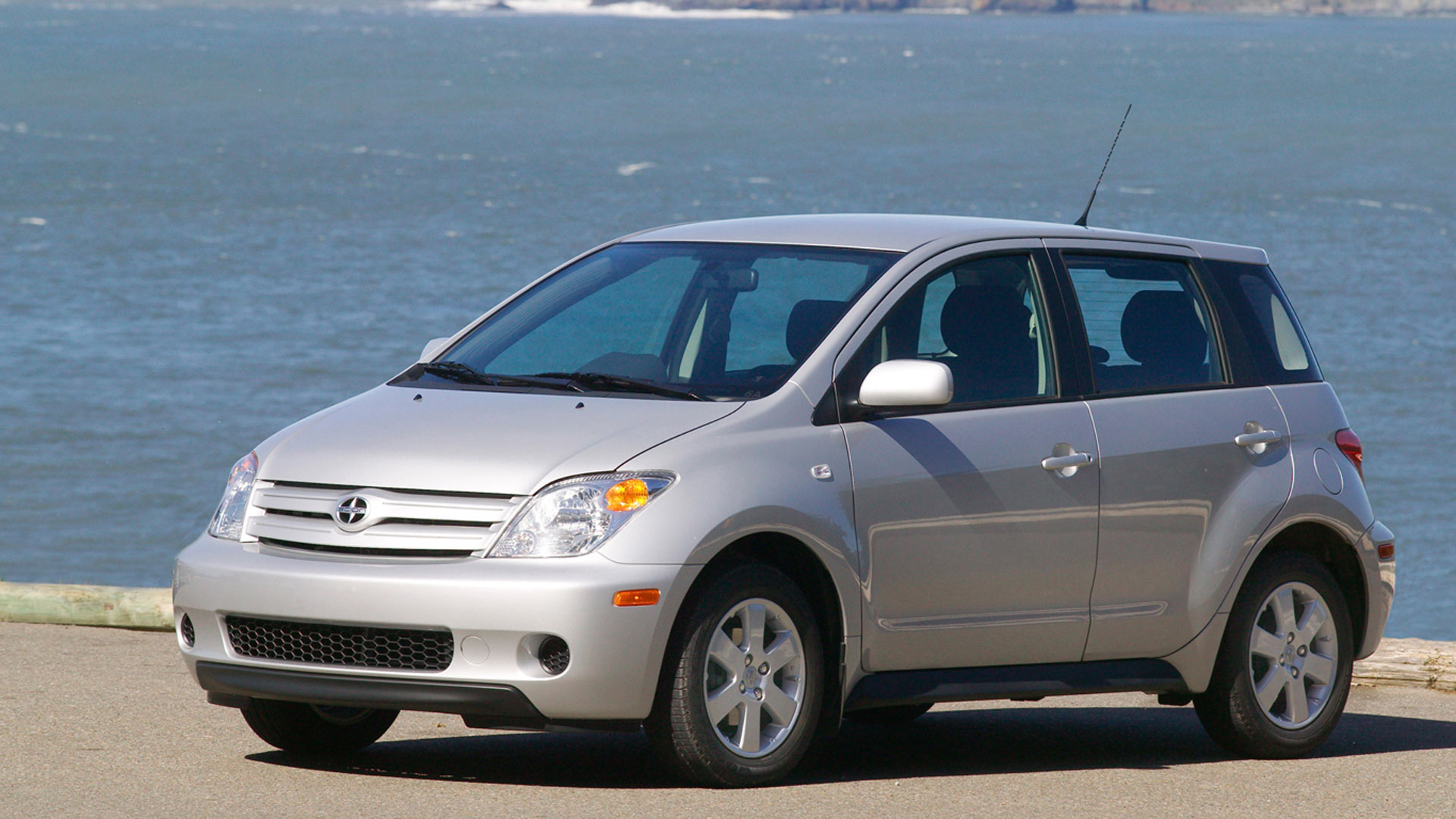
Scion takes to the road
© ScionThe xB and xA were the first Scions to hit the road. The xA, based on the Asian market Toyota Vitz, was a subcompact hatchback featuring a 1.5-liter I4 with 108hp. Its biggest selling point was impressive fuel economy – 31 mpg in the city and 37 mpg on the highway.
-
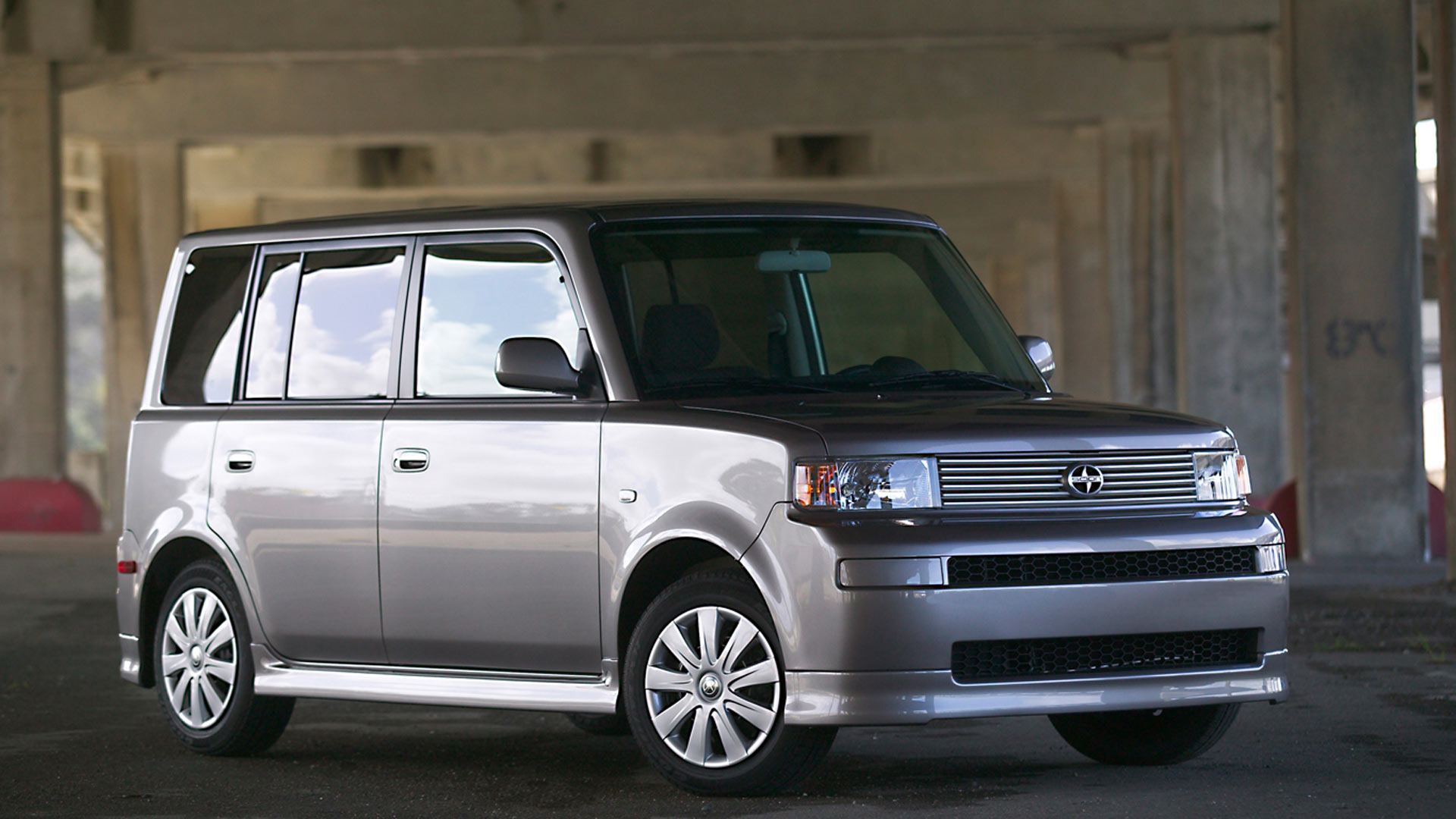
New unique design
© ScionThe xA was a boring small hatchback, but found appeal because of its cheap price and great fuel mileage. The xB was about the complete opposite. Its boxy shape made it one of the most unique – and odd-looking – cars on the road, and brought attention to the new Scion brand.
-
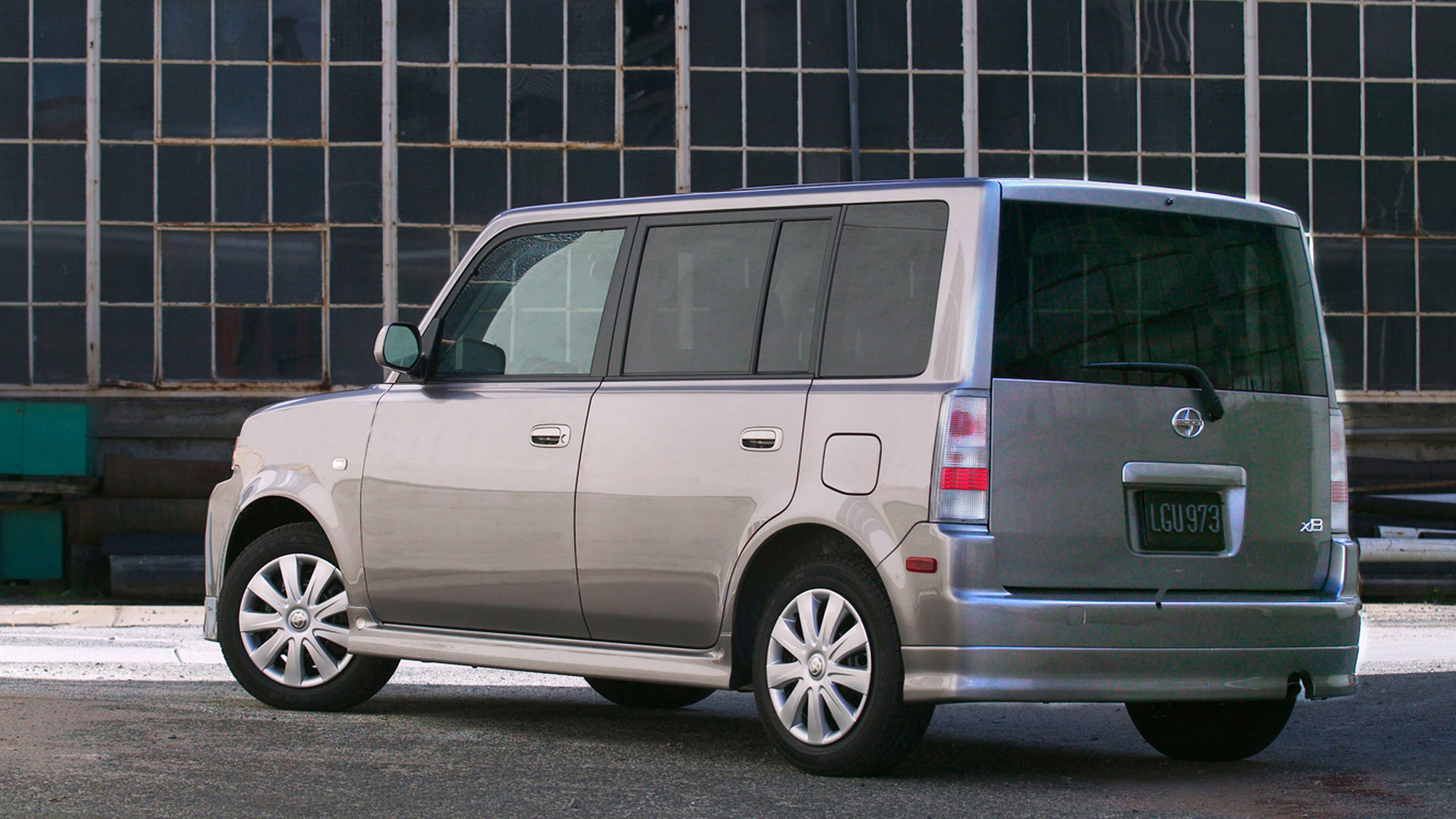
The Scion xB
© ScionThe car’s square structure allowed for a spacious interior and a generous amount of cargo space. It came equipped with a 1.5-liter I4 producing 108hp and 105 lb-ft of torque.
-
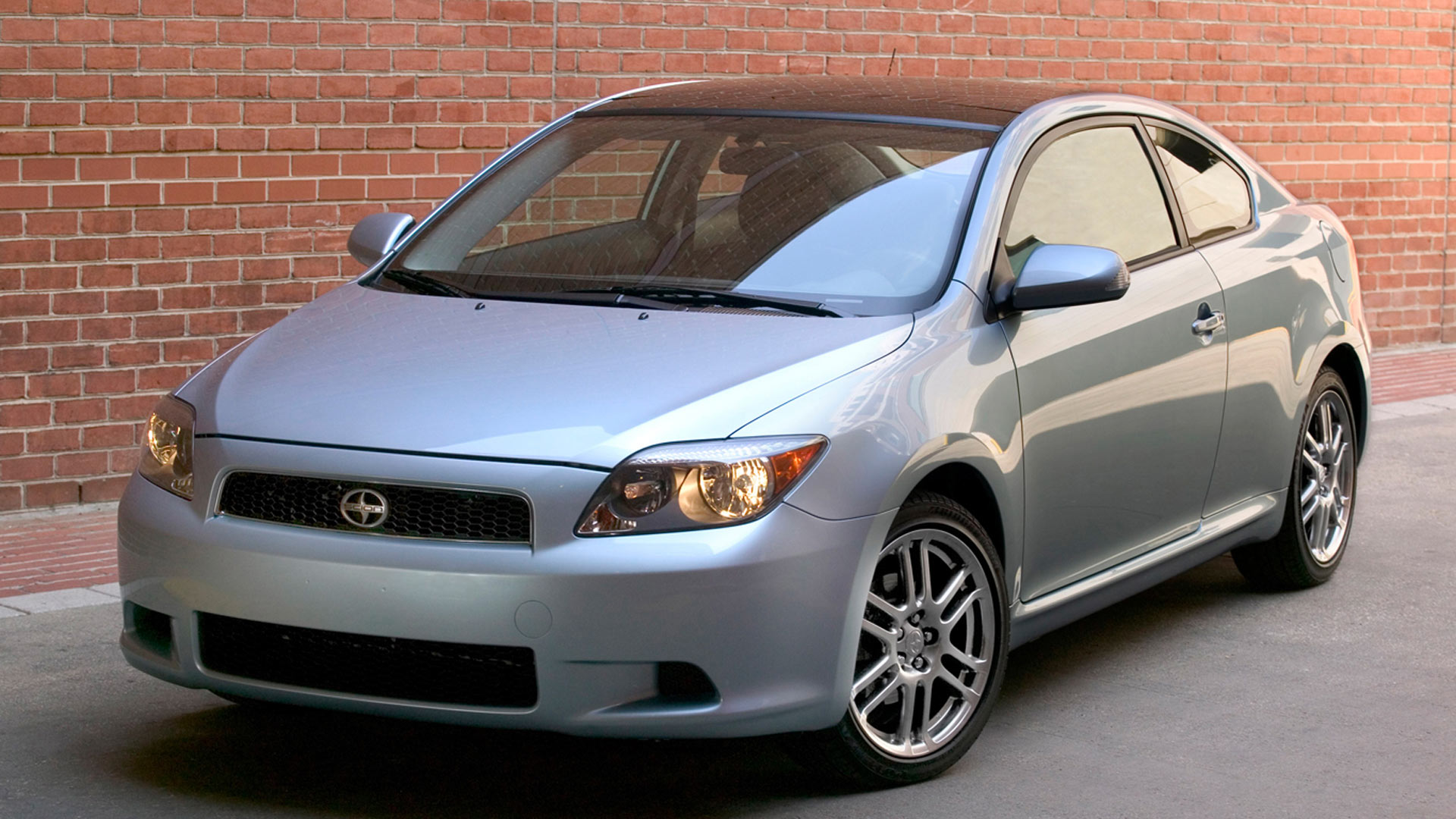
Enter the tC
© ScionWhile the xB’s style stood out, Scion’s first vehicle to grab the attention of its intended demographic was the moderately well-proportioned tC. The car was essentially a ‘sports car’ for millennials with a 160hp 2.4-liter I4, 17-inch alloy wheels, a panoramic moonroof and a base price of under $18,000.
-

Competitive sales seen
© ScionBy 2006 Scion sales were well over 170,000 vehicles between its three models – the xA, tC and xB, which earned a generational upgrade after 2006.
-
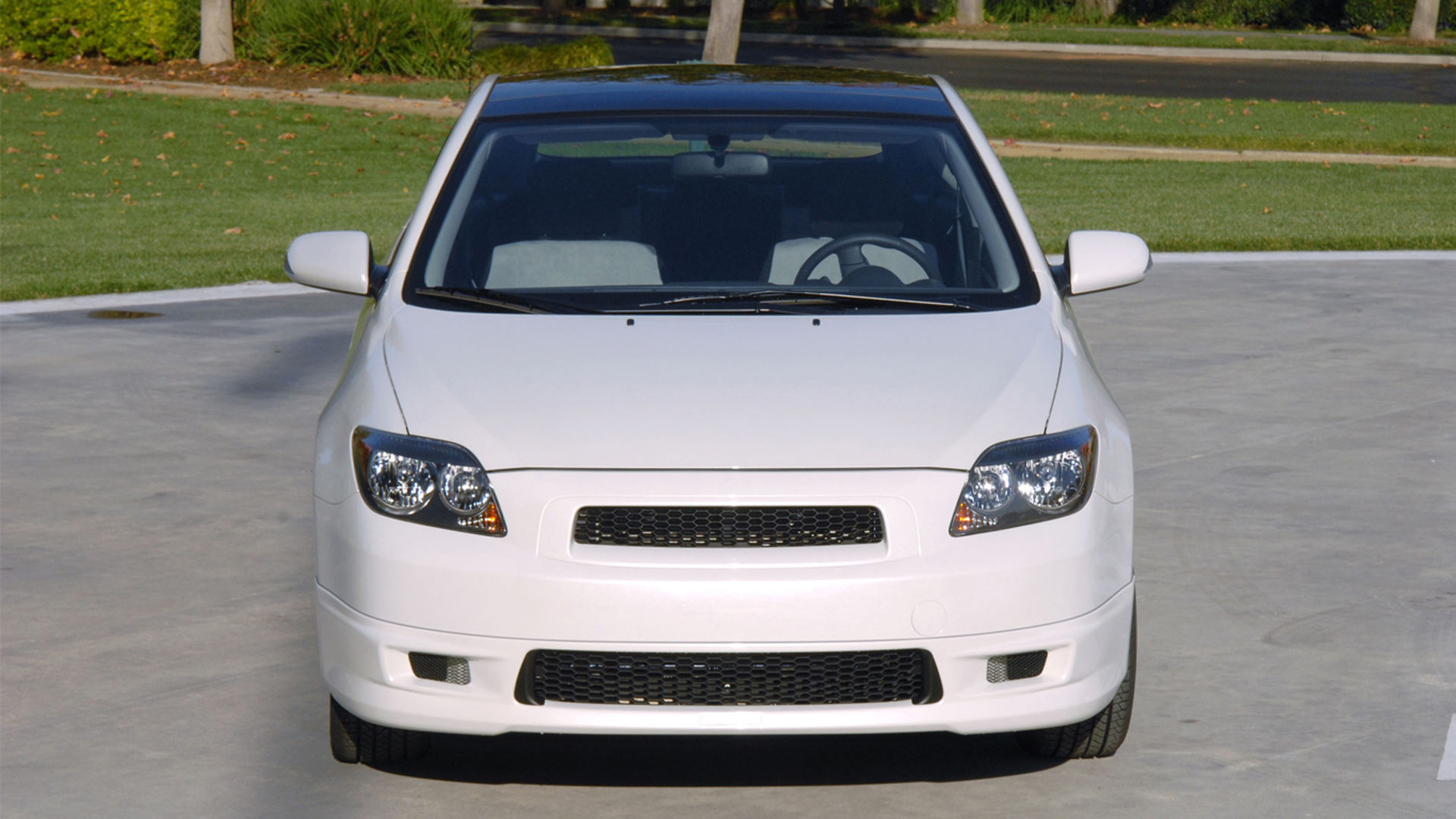
Meeting the age demographic plan
© ScionBy 2007, Toyota’s youth experiment was proving to be a success. While Toyota’s consumer median age was 54 years old, Scion’s was 39.
-
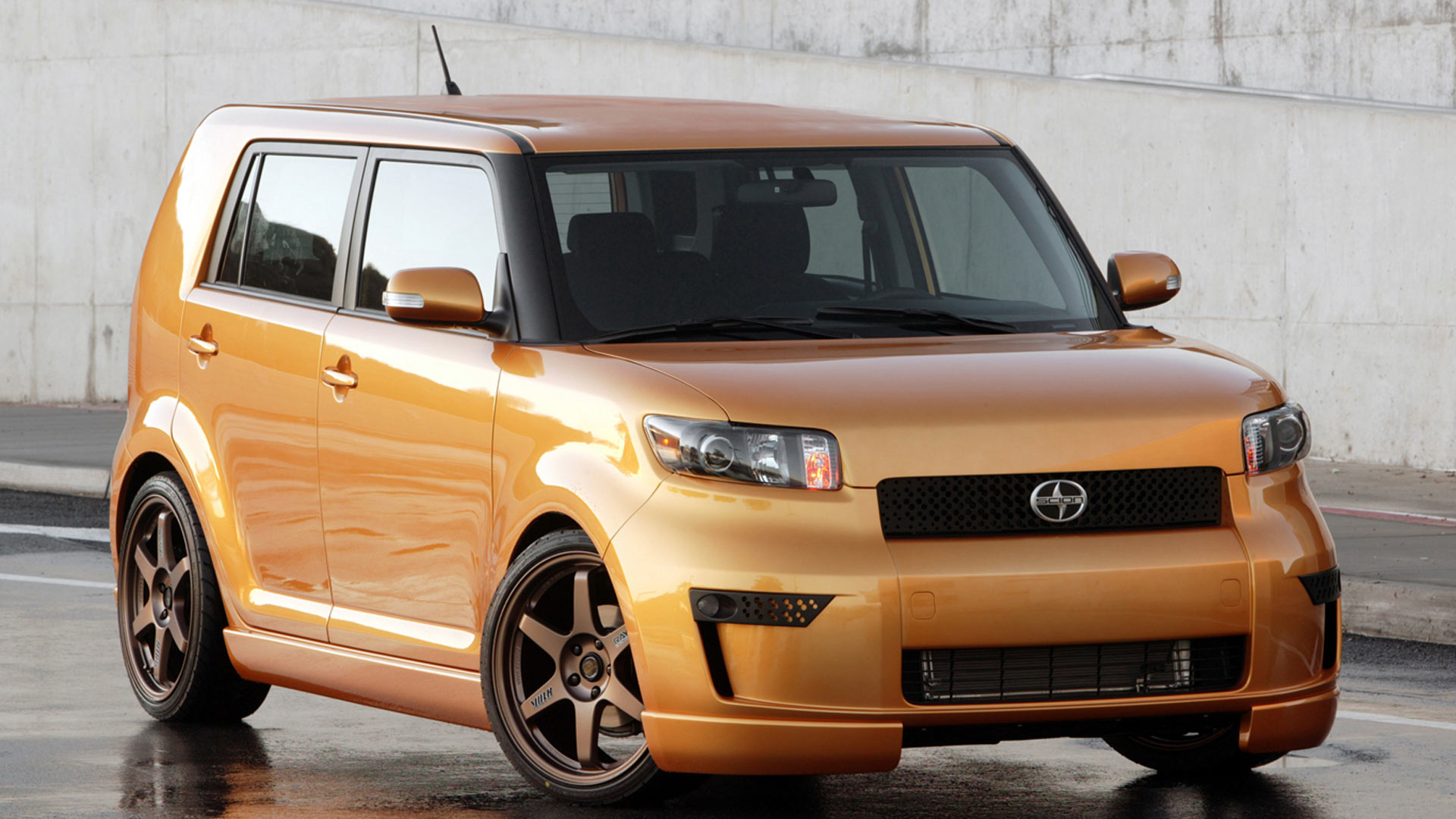
Generational upgrade
© ScionIn 2006 the xB saw its greatest number of sales with over 60,000 units sold. The following year Scion introduced the second generation xB – a larger, yet less box-shaped variant now equipped with a 2.4-liter I4. But the new xB saw a large drop in sales, which continued to fall in the preceding years.
-
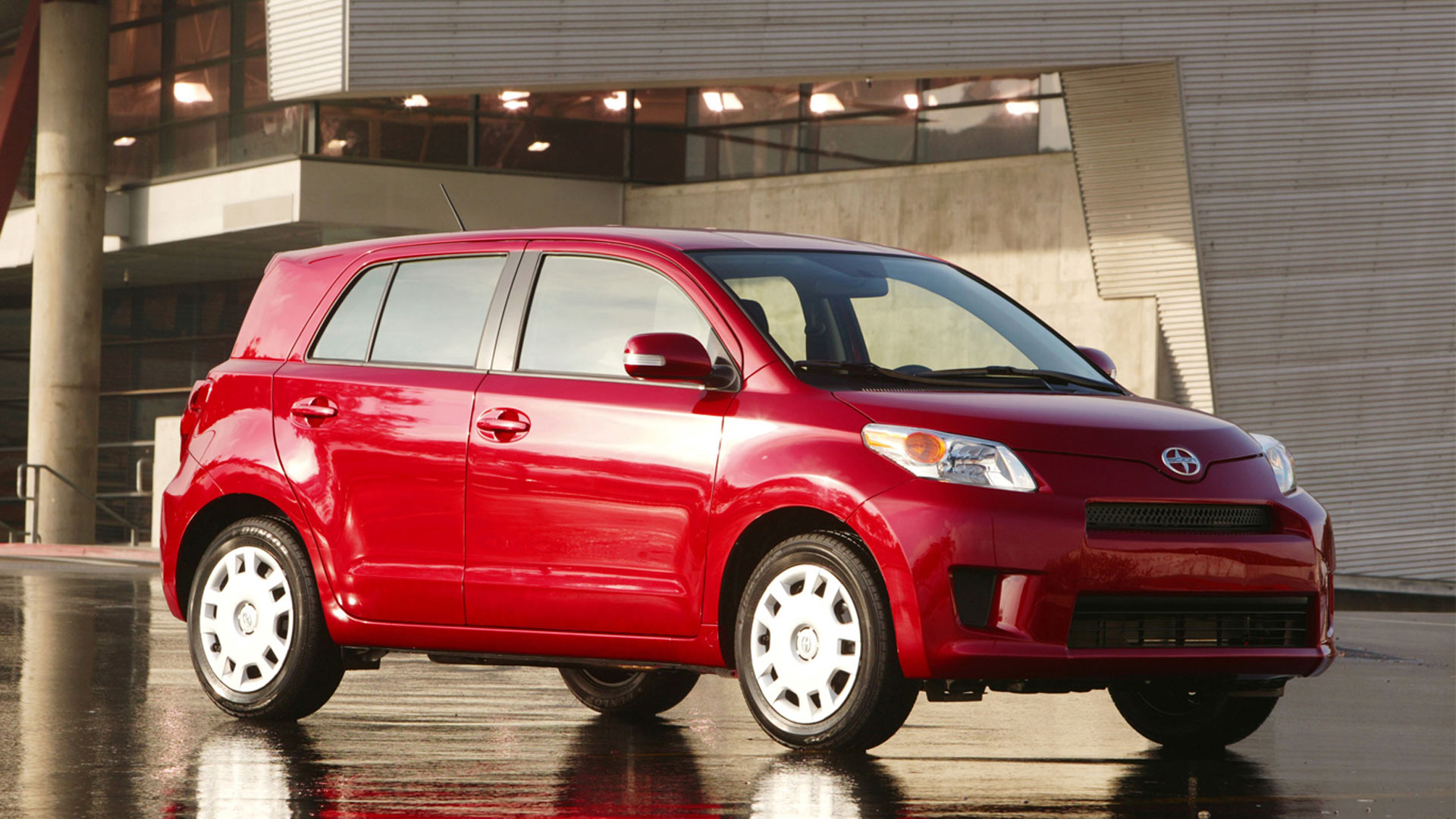
Scion xD replaces the xA
© ScionSales of the xA increased each year to a high of over 30,000 units sold in 2006. Scion looked to ride that sales momentum by launching a replacement model, the xD. Based on the same platform as the Toyota Yaris, the xD was a more modern-looking xA with a larger 1.8-liter I4 and came equipped with standard features such as stability control and traction control.
-
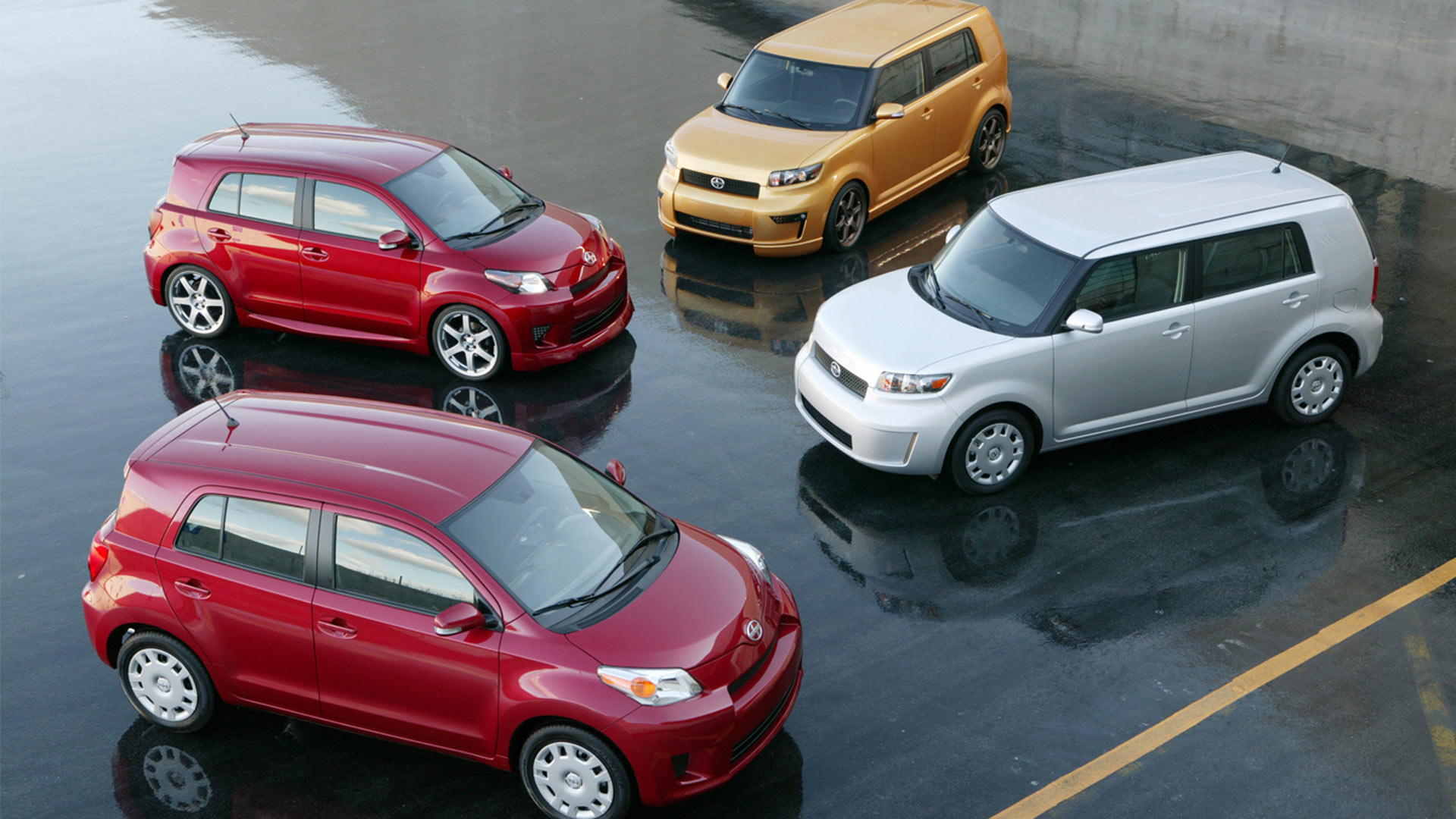
Sales peak and then decline
© ScionScion hit its sales peak in 2006, when each model achieved its greatest success. The brand took a hit in 2007, while introducing a new car and upgrading another, but sales fell more than 16,000 units in 2008, then more than 55,000 in 2009 – indicating that Scion had serious issues.
-
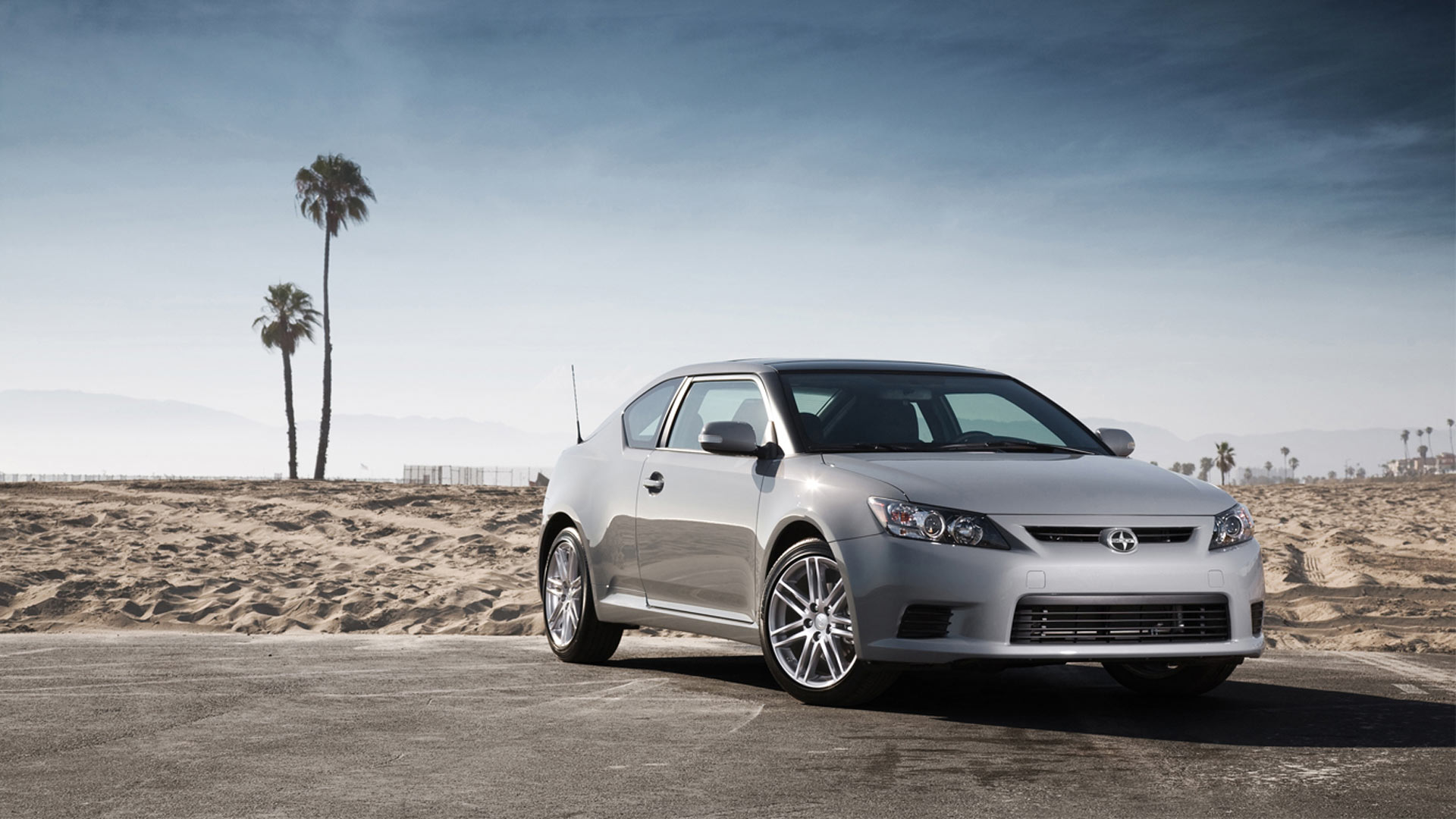
Revised Scion tC
© ScionSales had declined from an overall of 173,034 units in 2006 to 45,678 in 2010. At this point, Scion decided to give its best-selling car, the tC, a generational upgrade. It was treated to a more aggressive look, an 180 hp 2.5-liter I4 engine, standard 18-inch alloy wheels, stability control and a performance-tuned electric steering system.
-
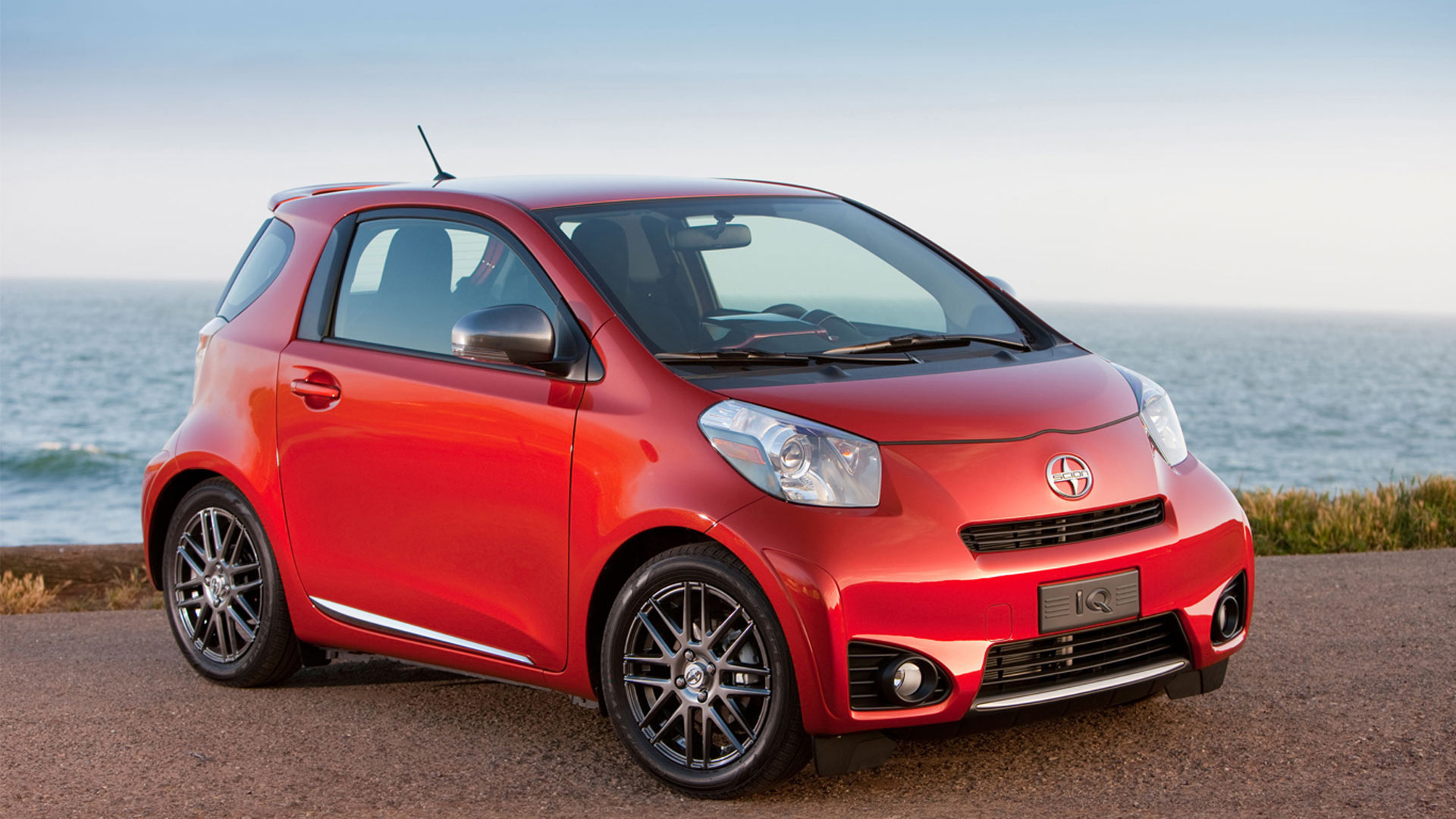
New model introduced
© ScionThe new tC increased sales marginally and saw a peak of 22,666 units sold in 2012. This was also the first full year for the new iQ, a tiny subcompact car that produced only 94 hp from its 1.3-liter I4, but achieved good fuel mileage – 36 city and 37 highway. But it was no savior by any means, selling just under 9,000 units its first full year.
-
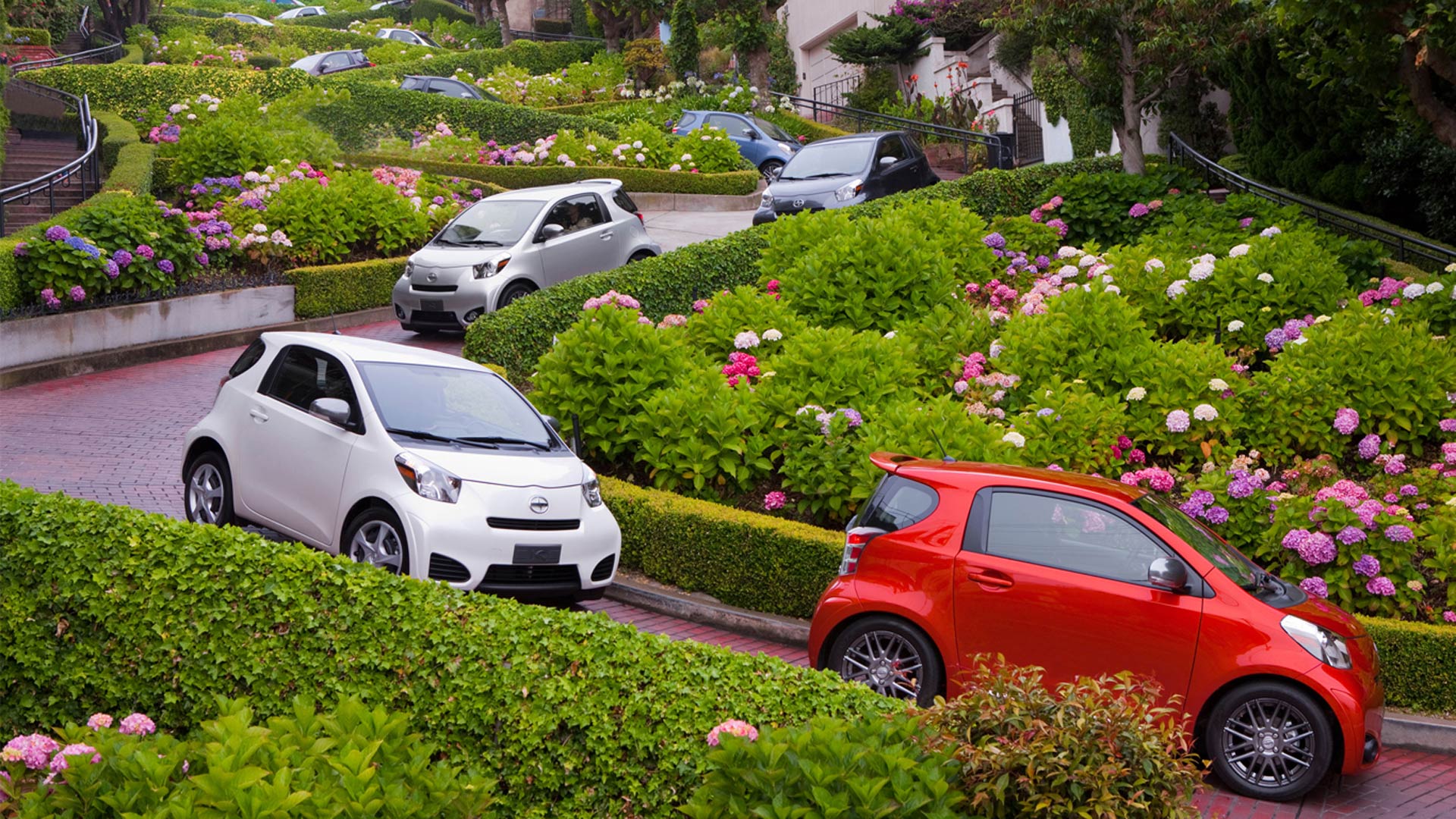
Hopeful turnaround
© ScionScion turned things around in 2012, with more than 73,000 units sold. However, in 2008 Scion had shifted a total of 113,904 cars with three models available, while in 2012 it had five on sale – including the newly introduced FR-S sports car.
-
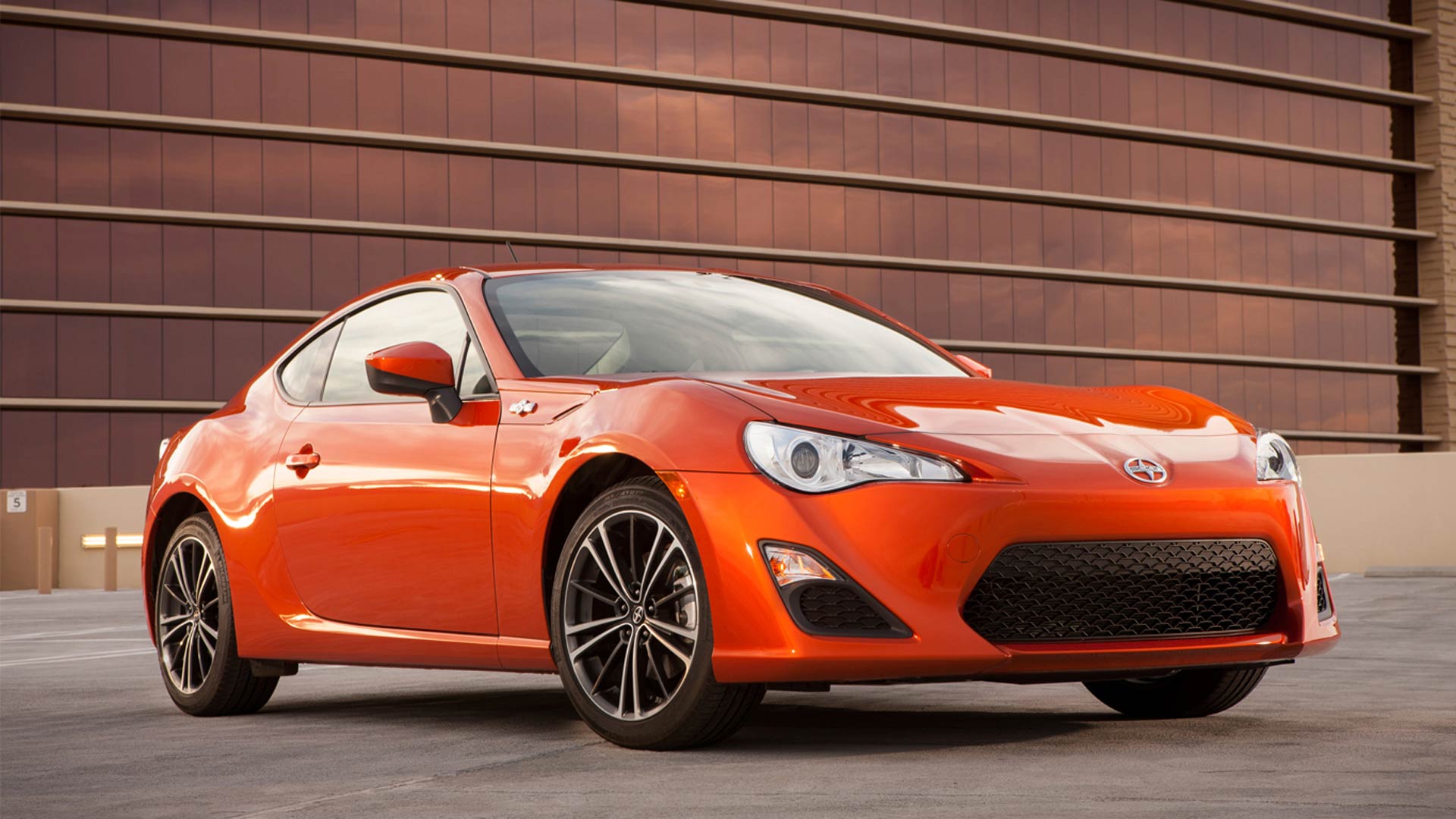
The GT86 comes to America
© ScionThe FR-S, or Toyota GT86 to the rest of the world, was an exciting new addition to Scion as it represented the brand’s philosophy. It was an attractive front-mid-engine, rear-wheel-drive sports car with ties to historic Toyota performance cars of the past. It appealed to young car enthusiasts and quickly became a favorite for tuners.
-
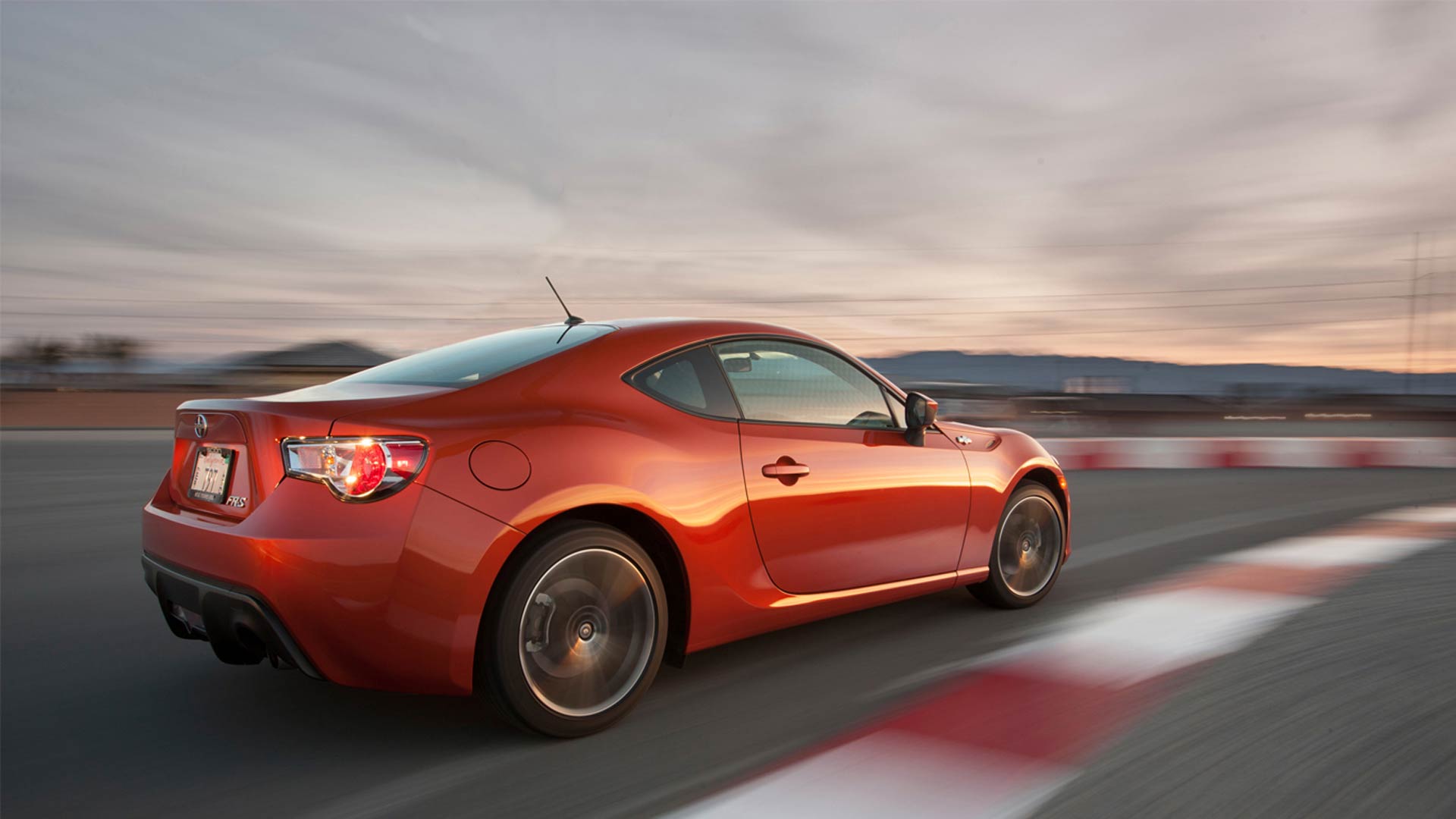
No traction for FR-S
© ScionThe FR-S came with a handling package that could rival a Mazda Miata and a 2.0-liter flat-four producing about 200hp. It was a fun little sports car you could buy for less than $30,000, yet while the number of sales for the car increased in 2013, they fell each year thereafter.
-
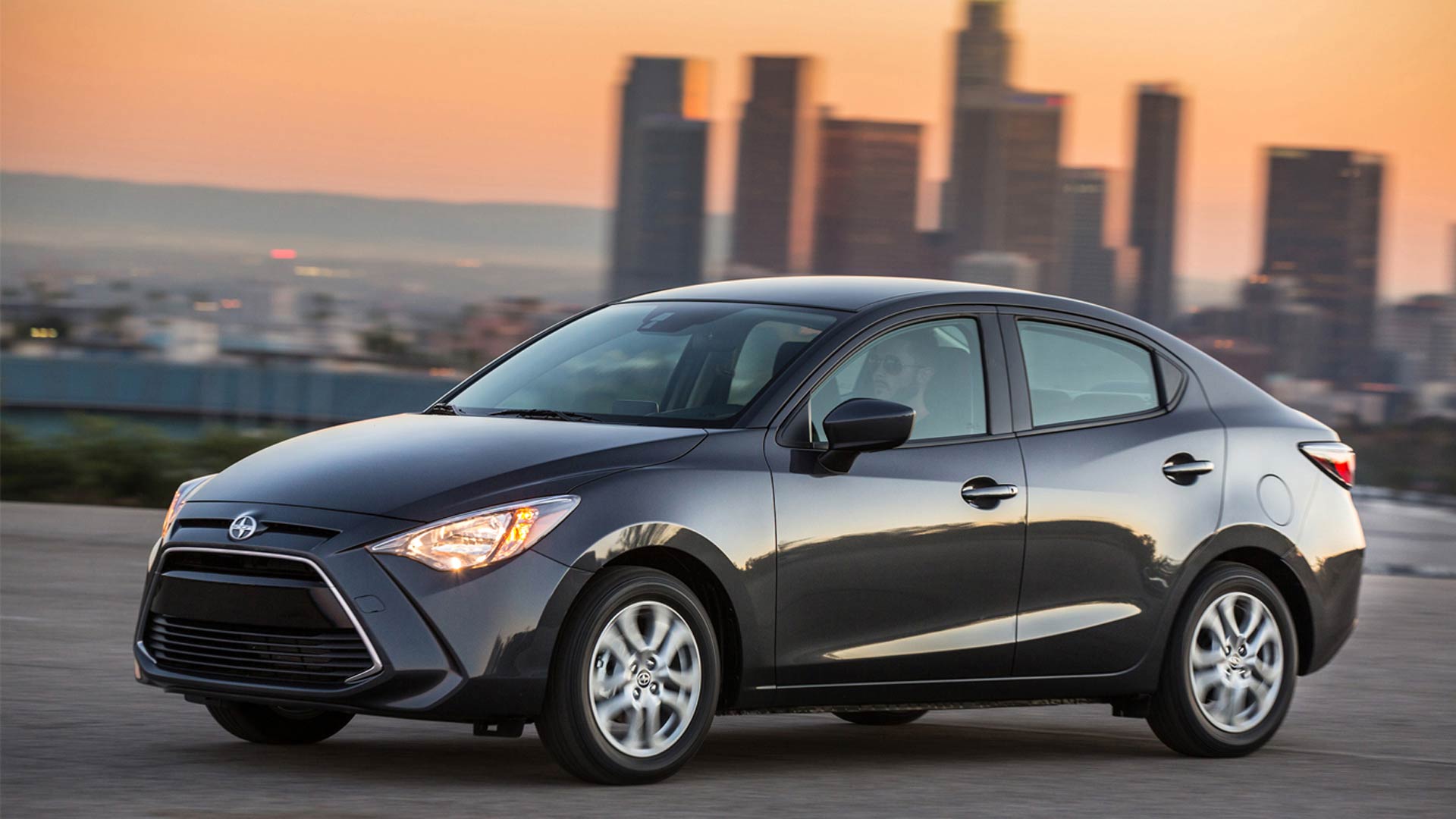
Introduction of new models, again
© ScionScion’s sales began to drop so low that the majority of Toyota’s models could individually outsell the entire Scion brand. In another attempt to refresh the marque, two new models were added in 2015. One was the iA seen here: a four-door sedan based off the Mazda 2.
-
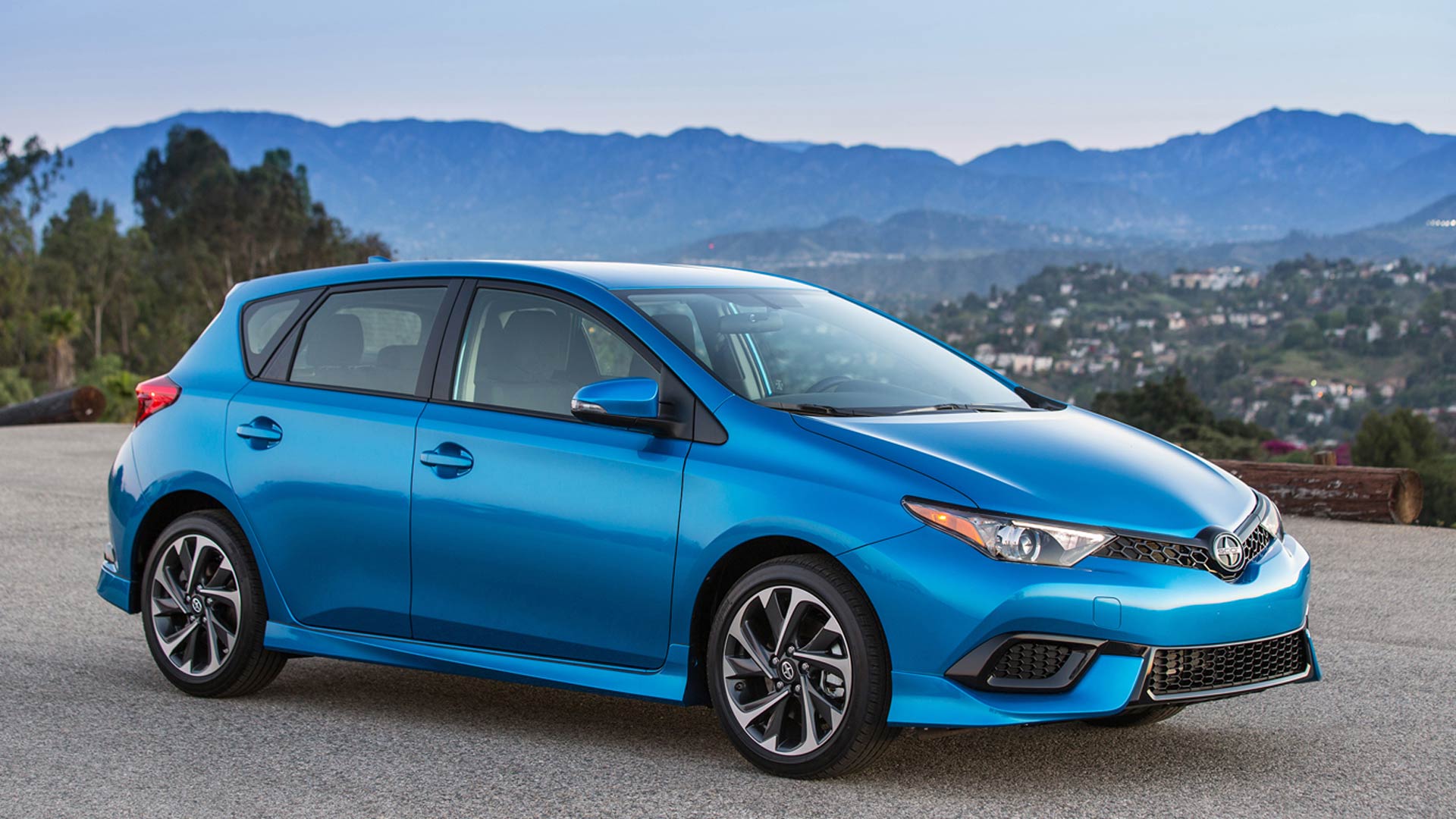
New hatchback addition
© ScionThe second addition to the Scion lineup was the iM, based on the Toyota Corolla hatchback. Adjusted to fit the Scion brand, the iM featured aggressive styling, 19-inch wheels, a small I4 engine and a base price of less than $20,000.
-
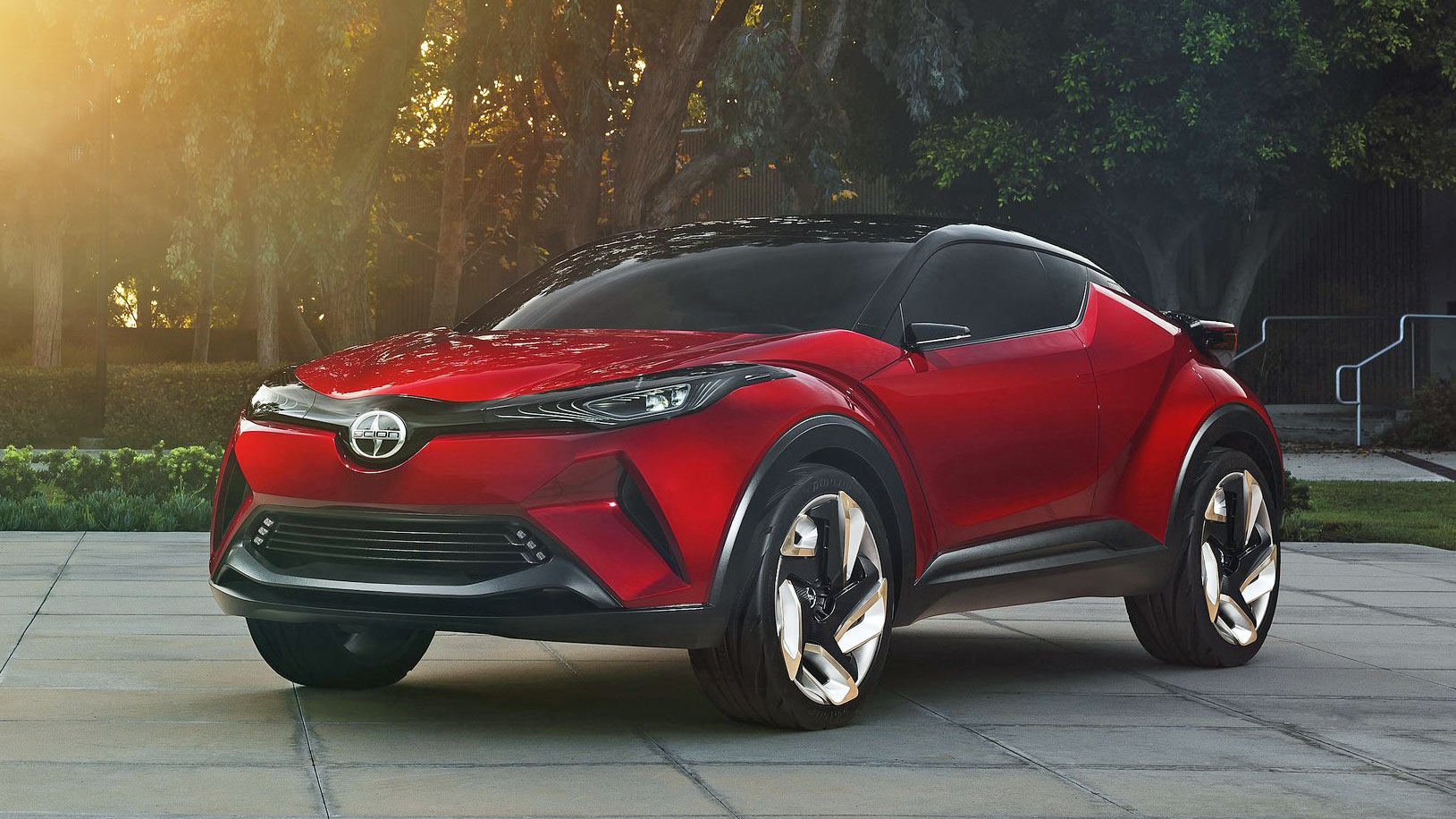
Could the CH-R Concept save Scion?
© ScionEven as sales seemed to be in freefall, Toyota was still teasing the potential future of the Scion brand. The Scion CH-R Concept was initially displayed at the 2015 LA Auto Show, followed by further outings in 2016 for the Montreal and New York Auto Shows. However, the CH-R never became a production model for Scion.
-

Sales dwindling further downwards
© ScionDespite adding the iA and iM to the lineup in 2015, Scion’s total sales fell by about 2,000 units from 2014. The fact that the new additions failed to provide any considerable uplift ignited the demise of Scion.
-
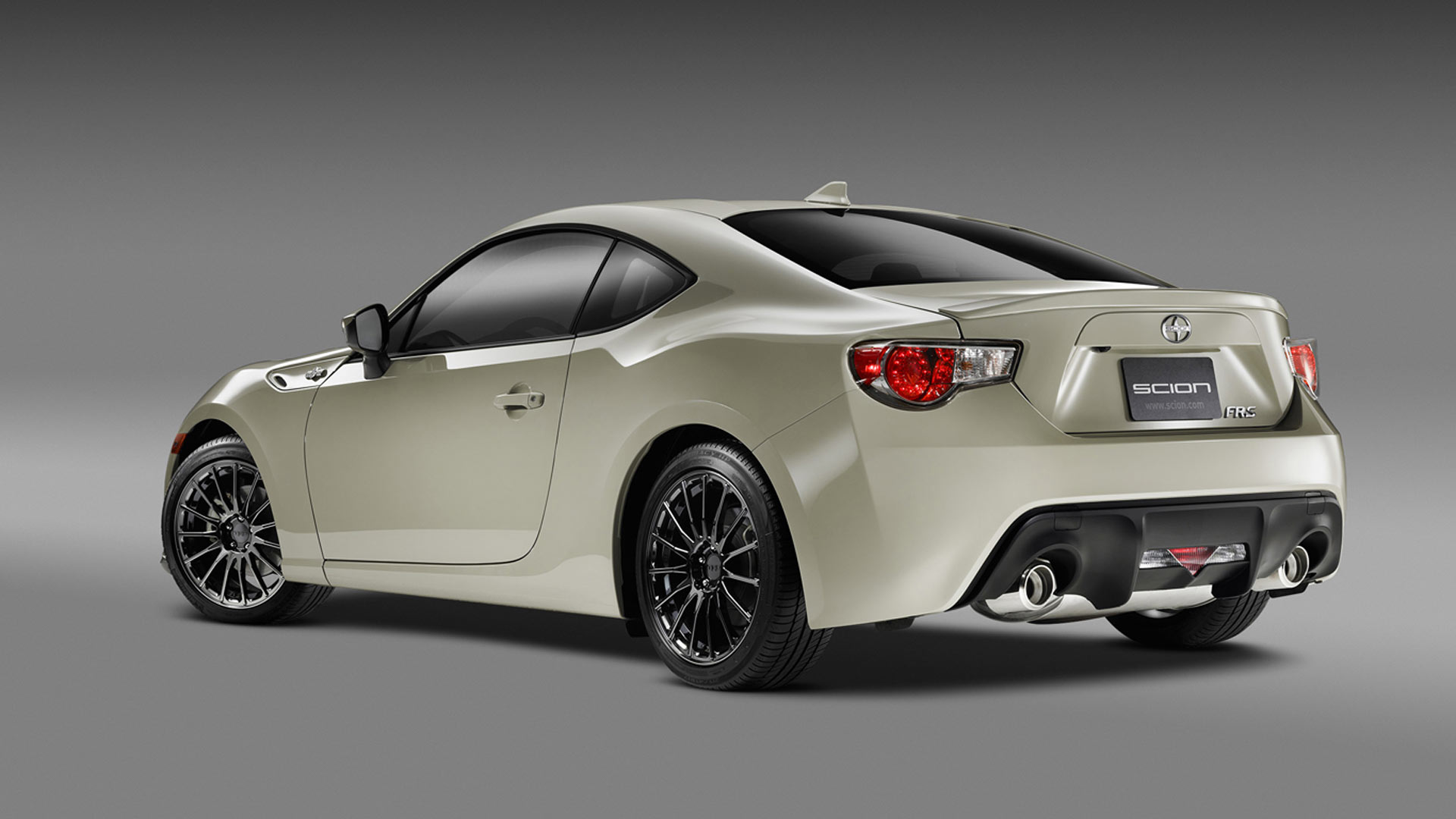
Scion brand finally gets axed
© ScionIn February 2016, Toyota had finally had enough – and decided to put an end to its youth project. It decided to kill off the Scion brand completely by the end of the year.
In August 2016, the iA, iM and FR-S were rebranded as Toyota models, while the rest of the Scion lineup was discontinued.
-

Could Scion ever return?
© ScionAlmost eight years after the demise of Scion, Toyota has made no plans to try and recapture the youth market with a spin-off brand. Instead, the company has delivered greater customization options for its regular models, and launched sportier cars such as the GR Corolla and reborn Supra.
Even with the ease that battery electric platforms allow for modular manufacturing, Scion does not look likely to return from the history books.